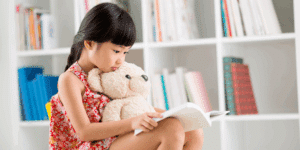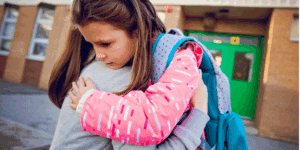
Teddy’s First Day At School: Could a tiny bear help your child face big school nerves?
Teddy’s First Day At School: How to Use Homeopathy and

Starting a new school year is a big step, and it’s natural for children of any age to feel nervous or uncertain.

Homeopath and CHE Community Manager
As parents and home prescribers, we can support our families with gentle tools to help our kids feel safe, confident, and calm. Here are some simple techniques you can use with your children, from little learners to older students:
Teach children to take “magic breaths”. Slow, deep breaths that help calm their busy minds and bodies.
Guide your child to imagine a happy, safe place whenever they feel scared.
A small, familiar object (like a soft toy or a special stone) can be a powerful comfort.
Encourage your child to find a quiet corner or a calm spot during school breaks.
Positive words can boost confidence and reduce anxiety.
As children grow, their understanding of emotions and coping skills develops, so we can offer slightly more advanced tools that build on their growing awareness and independence.
Help older children learn to notice and release tension in their bodies.
Encourage children to ground themselves in the present moment through their senses.
Older children can benefit from expressing emotions through writing or art.
Help your child build a personalised set of calming strategies and reminders.
Help your child build a personalised set of calming strategies and reminders.
Starting school is a transition that touches the whole family, and with the right tools, it can become a moment of growth rather than fear.
As a home prescriber, you have a unique role in empowering families; offering both practical, everyday strategies and the gentle support of homeopathy. By combining emotional tools with carefully chosen remedies, you can help children of all ages feel safe, resilient, and ready to thrive in their new environment.
A calm start to school isn’t just about the first day, it’s a gift of confidence they carry with them all year long.
Disclaimer
The content shared here is intended for informational purposes only and should not be considered a replacement for professional medical advice, diagnosis, or treatment from a qualified and licensed healthcare provider. The views and opinions expressed in this presentation are those of the presenter and do not necessarily represent those of CHE or any affiliated organisations.

Teddy’s First Day At School: How to Use Homeopathy and

Simple Calming Techniques for Children Facing School Anxiety Starting a

Are the Miasms Evolving? Reimagining Psora, Sycosis, and Syphilis in